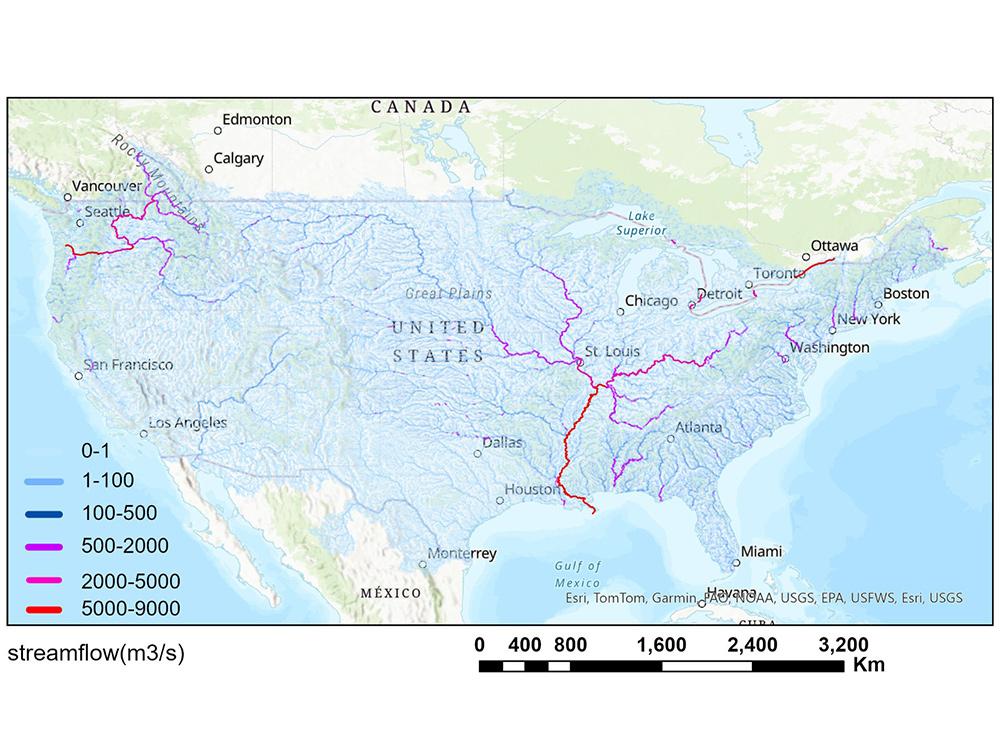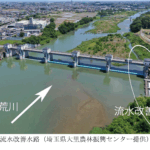2025-07-03 パシフィック・ノースウェスト国立研究所(PNNL)
<関連情報>
- https://www.pnnl.gov/publications/streamlining-hydrological-models-improved-parameter-learning-techniques
- https://www.sciencedirect.com/science/article/pii/S002216942401285X
統合水文モデルにおけるパラメータ学習とキャリブレーションの最適化: 観測の長さと情報の影響 Optimizing parameter learning and calibration in an integrated hydrological model: Impact of observation length and information
Peishi Jiang, Pin Shuai, Alexander Y. Sun, Xingyuan Chen
Journal of Hydrology Available online: 31 August 2024
DOI:https://doi.org/10.1016/j.jhydrol.2024.131889

Highlights
- We studied the impact of the observation length and information on integrated hydrological model calibration.
- Information-theoretic metrics unveil to what extent observed streamflow can be used in learning model parameters.
- Informative observations can be used to constrain the model to predict the streamflows at a nearby gage.
Abstract
Integrated hydrological modeling is gaining popularity due to its mechanistic representation of the surface and subsurface processes. However, estimating the parameters of such process-based models can be computationally expensive if careful consideration is not given to the length of streamflow observations used during model calibration. Here we evaluate the influence of the calibration period, the role of streamflow information content, and the gage location in parameter learning and calibration of a fully integrated hydrological model, the Advanced Terrestrial Simulator (ATS). We conducted the study at the Upper Neversink River Watershed within the Delaware River Basin, where streamflow observations are available at 11 gages with varying record lengths. We leveraged a recently proposed knowledge-informed deep learning technique for parameter estimation. To assess the impact of observation period and gage location, model parameters were learned on scenarios using different chunks of streamflow observations, including (1) using only one year or consecutive multiple years of streamflow observations at the watershed outlet and (2) using one shared year of observations at each of the sub-catchment gages, with the period from 1991-10-01 through 1999-09-30 as the overall calibration period. Using the estimated parameters, ATS was rerun for each scenario and evaluated on a subsequent period from 1999-10-01 through 2002-09-30. Results show that the basin outlet discharge prediction is mostly improved when using at least four years of observations for parameter estimation. Further, the performance of the calibrated ATS run correlates with the information content of the observed streamflows, suggesting that the information-theoretic metrics could be indicators for selecting the observation period for parameter estimation. Finally, we find that observations from an informative gage can be used in learning parameters to predict the streamflow at a nearby gage, which would potentially lower the computational expense by reducing the watershed domain used in calibration. Our success underscores the potential of using information theory to achieve robust model parameter estimation on a reduced computational budget.



